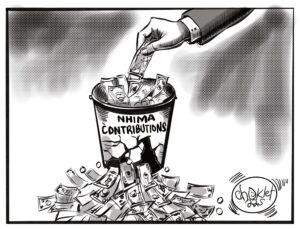MINISTER of Livestock and Fisheries Peter Kapala says since the inception of the dip tank construction and rehabilitation programme in 2014, government has completed 207 dip tanks, while works on 200 have stalled. Kapala says the PF administration’s dip tank programme was a disaster, marred by poor management and wastefulness, as can be seen from the unsuccessful completion of the infrastructure. Delivering a ministerial statement in the National Assembly, Wednesday, Kapala said 55 percent of the works remained incomplete and that the construction and rehabilitation period had lapsed. “Madam Speaker, the total cost of the dip tank programme was estimated at K58,180,091. Initially the programme was funded through the euro bond in 2014. Additional funds were later sourced through the...























